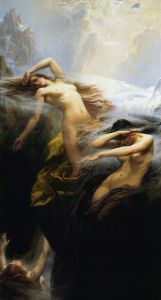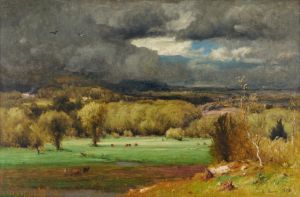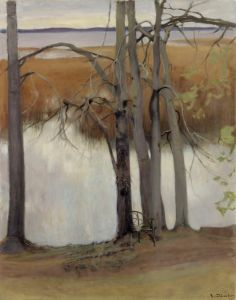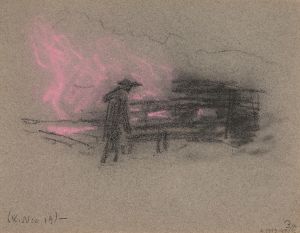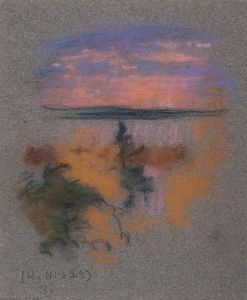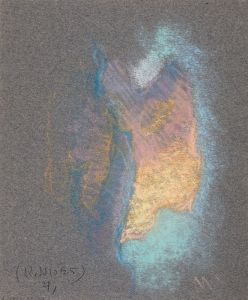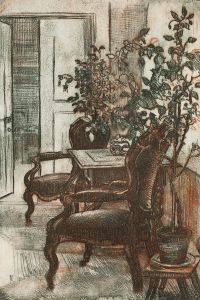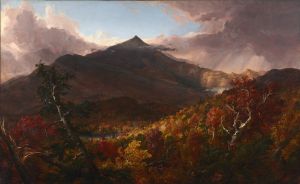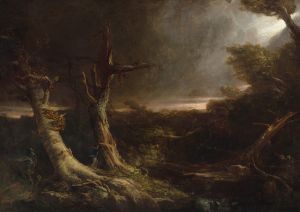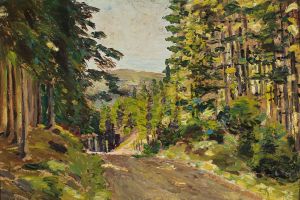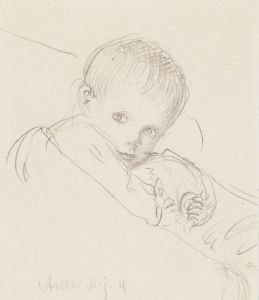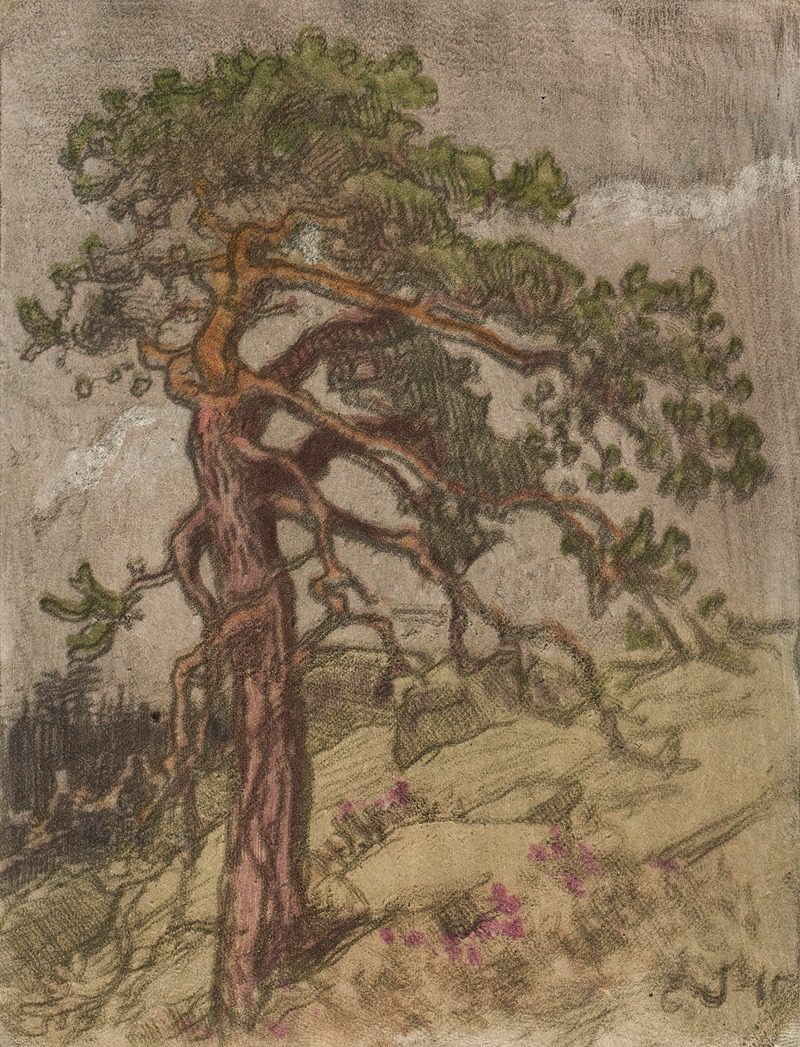
Kalliopetäjä
A hand-painted replica of Eero Järnefelt’s masterpiece Kalliopetäjä, meticulously crafted by professional artists to capture the true essence of the original. Each piece is created with museum-quality canvas and rare mineral pigments, carefully painted by experienced artists with delicate brushstrokes and rich, layered colors to perfectly recreate the texture of the original artwork. Unlike machine-printed reproductions, this hand-painted version brings the painting to life, infused with the artist’s emotions and skill in every stroke. Whether for personal collection or home decoration, it instantly elevates the artistic atmosphere of any space.
Eero Järnefelt was a prominent Finnish painter, known for his contributions to the realist movement in Finnish art during the late 19th and early 20th centuries. Born on November 8, 1863, in Vyborg, which was then part of the Grand Duchy of Finland, Järnefelt was part of a culturally influential family. His siblings included the composer Armas Järnefelt and the writer Arvid Järnefelt, and his sister Aino was married to the composer Jean Sibelius.
Järnefelt studied at the Academy of Fine Arts in Helsinki and later continued his education in Paris, where he was influenced by the naturalist and realist movements. His work often depicted the Finnish landscape and rural life, capturing the essence of the Finnish identity and the natural beauty of the country.
One of Järnefelt's notable works is "Kalliopetäjä," which translates to "Rock Pine" in English. This painting is a fine example of Järnefelt's skill in portraying the Finnish landscape with a keen eye for detail and a deep appreciation for nature. The painting features a solitary pine tree growing out of a rocky terrain, a common sight in Finland, symbolizing resilience and the harsh beauty of the Finnish wilderness.
"Kalliopetäjä" is characterized by its realistic depiction of the natural environment, showcasing Järnefelt's mastery in capturing light and texture. The painting reflects the influence of the Barbizon school, which Järnefelt encountered during his studies in France. This influence is evident in his focus on natural settings and the use of light to create mood and atmosphere.
Järnefelt's work, including "Kalliopetäjä," is often associated with the National Romantic movement in Finland, which sought to express national identity through art. This movement was part of a broader cultural awakening in Finland during the late 19th century, as the country sought to assert its cultural identity in the face of Russian influence.
Throughout his career, Järnefelt remained committed to depicting the Finnish landscape and people with authenticity and respect. His paintings often feature scenes of rural life, forests, and lakes, capturing the unique qualities of the Finnish environment. Järnefelt's work has been celebrated for its technical skill and its ability to convey the spirit of Finland.
Eero Järnefelt passed away on November 15, 1937, but his legacy lives on through his contributions to Finnish art. His paintings continue to be admired for their beauty and their role in shaping Finnish cultural identity. "Kalliopetäjä" remains a testament to Järnefelt's talent and his deep connection to the Finnish landscape.






